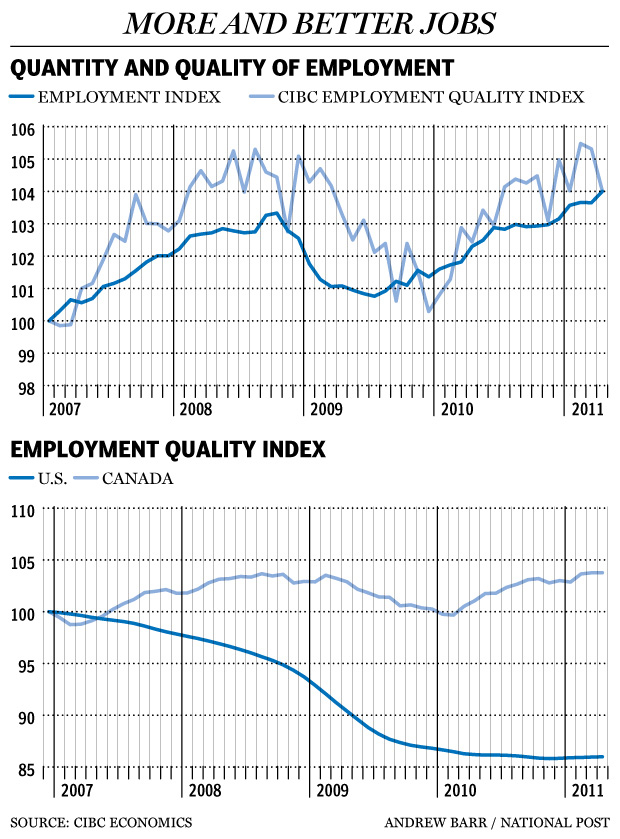Very few foreign medical device makers and healthcare providers are listed on the organized exchanges in the U.S. market. The following is a list of these companies a brief overview of them:
1.Company:Fresenius Medical Care (FMS)
Current Dividend Yield: 1.33%
Country: Germany
2.Company:China Kanghui (KH)
Current Dividend Yield: N/A
Country: China
3.Company:Mindray Medical International (MR)
Current Dividend Yield: 0.67%
Country: China
4.Company:ICON (ICLR)
Current Dividend Yield: N/A
Country: Ireland
5.Company:Trinity Biotech (TRIB)
Current Dividend Yield:
Country: Ireland
6.Company:Smith & Nephew (SNN)
Current Dividend Yield: N/A
Country:
7.Company:China Medical Technologies (CMED)
Current Dividend Yield: N/A
Country: China
8.Company:Edap (EDAP)
Current Dividend Yield:
Country: N/A
9.Company:Concord Medical Services (CCM)
Current Dividend Yield: N/A
Country: China
Brief Overview:
Germany-based Fresenius Medical Care is kidney dialysis company, operating in both the field of dialysis products and the field of dialysis services. Its dialysis business provides dialysis treatment at its own dialysis clinics and supplying these clinics with a range of products. FMS has operations in over 100 countries.
Of the four Chinese companies noted above, China Kanghui is a domestic developer, manufacturer and marketer of orthopedic implants in China. Mindray Medical International is engaged in the manufacture and marketing of medical devices. And China Medical Technologies develops, manufactures and markets advanced immunodiagnostic and molecular diagnostic products utilizing ECLIA technology, FISH technology and SPR technology. Concord Medical Services is engaged in the operation of radiotherapy and diagnostic imaging centers and offers management services to hospitals. The company maintains a network of more than 88 centers spanning more than 36 cities and 21 provinces.
Of the two Irish companies, ICON is a contract research organization (CRO), providing outsourced development services on a global basis to the pharmaceutical, biotechnology and medical device industries. And Trinity Biotech is engaged in developing and marketing medical diagnostic products for the clinical laboratory and point-of-care segments of the diagnostic market.
France-based EDAP is engaged in the development, production and marketing of medical devices, mainly for urological diseases. The British company Smith & Nephew operates in the market for Orthopaedic reconstruction and trauma, endoscopy and advanced wound management.
Disclosure: No positions
